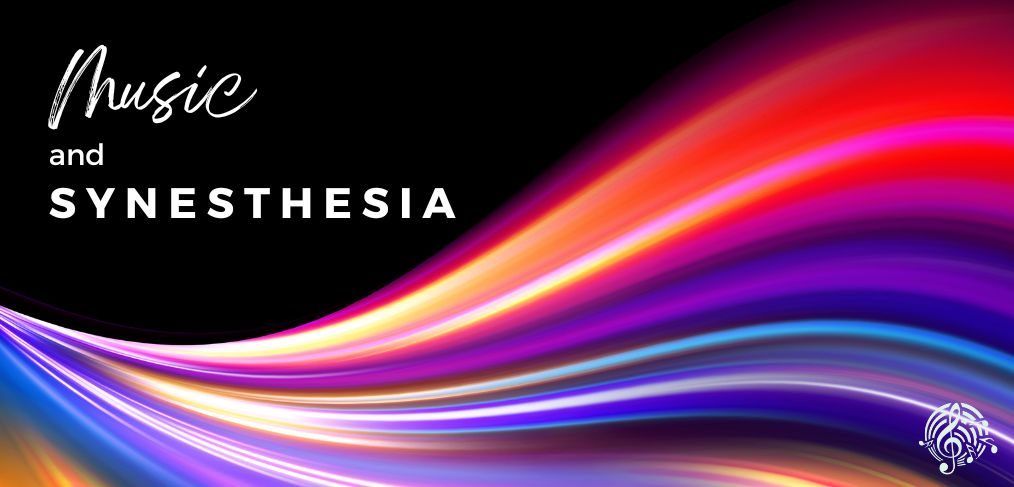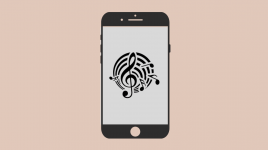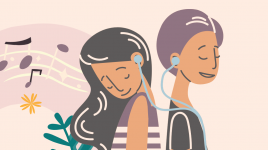
Music and Synesthesia
Did you ever wonder what it’s like to “see” music or to “hear” colours? This sensory condition is known as synesthesia.
While there are many types of synesthesia, the phenomenon is generally described as when a sensory experience in one modality (e.g., hearing music) causes a sensory experience in another modality (e.g., seeing colours). For example, Chromesthesia is the ability to see sounds as colours.
A number of well-known composers like Alexander Scriabin and Franz Liszt are said to have had Chromesthesia.
Scriabin associated musical notes and keys with different colours: for example, D would be represented as bright yellow, A looked like dark green and D-flat was seen as a dark purple. He also created a “keyboard with lights” (Clavier à lumières) – an instrument that displayed colours that corresponded to different notes in his pieces.
Another composer, Liszt has been quoted giving directions to musicians such as, “A little bluer, if you please! This tone type requires it!”
More recent musicians, such as Beyoncé, Pharrell Williams, and Billie Eilish have also claimed to have the condition.
Music is not the only thing that can trigger chromesthetic experiences. Sounds found in our daily life, such as birdsong, waterfalls, cars, and even voices of the people nearby may elicit a psychovisual response.
Chromesthesia is not limited to colours. Some people with chromesthesia ascribe shapes to the sounds they hear – such as circular figures or wavy lines. The range of chromesthetic experience may differ depending on qualities in the music or sound itself (pitch, key, timbre, melody, dynamics etc.). Some have described that they perceive shapes and colours in a mental screen around their body, while others have reported that the shapes and colours appear in their minds. Purportedly, the experiential attributes of chromesthesia can differ between individuals.
The following musical works have been written by musicians with synesthesia. We can explore within, how music and visual art can intertwine:
A. Scriabin – Prometheus (The Poem of Fire)
M. Torke – Bright Blue Music
Billie Eilish – Ocean Eyes
Sources
- https://synesthesia.com/blog/sound-synesthesia/
- Cytowic RE (2018). Synesthesia. Cambridge, MA: MIT Press. ISBN 978-0-262-53509-0.
- Cytowic RE, Eagleman DM (2009). Wednesday is Indigo Blue: Discovering the Brain of Synesthesia (with an afterword by Dmitri Nabokov). Cambridge: MIT Press. p. 309. ISBN 978-0-262-01279-9.



